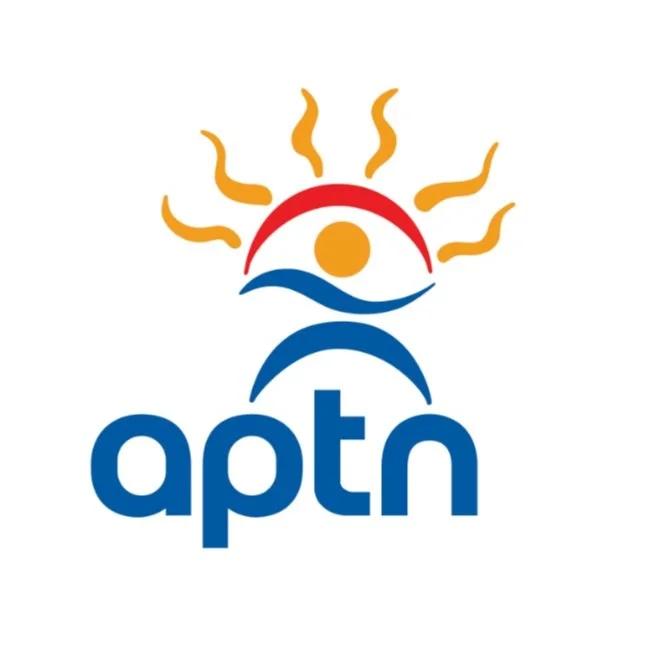Aboriginal People’s Television Network
Aboriginal People’s Television Network
Aboriginal People’s Television Network Aboriginal People’s Television Network
Aboriginal People’s Television Network’s (APTN) inaugural broadcast on September 1, 1999, from Winnipeg, Canada, marked a watershed in North American and international television. APTN is the first national network controlled and operated by indigenous peoples carrying primarily aboriginal content. The Canadian Radio-television and Telecommunications Commission’s (CRTC) February 1999 license decision established APTN as a mandatory service distributed to nearly 8 million households on basic cable, satellite, and wireless cable.
Bio
In regions and nations with significant “Fourth World” populations like Canada, the United States, Australia, New Zealand, Scandinavia, and several Central and South American countries, indigenous minority groups have recently included access to media among their other struggles, such as political rights, land entitlement, and cultural autonomy. APTN can be situated within this global emergence of indigenous media and demonstrates First Peoples’ desire to use television and other media as tools to sustain aboriginal languages and cultures.
Aboriginal television in Canada has its roots in community radio projects in the 1970s, interactive satellite experiments in the 1980s, and the consolidation of regional native broadcasting organizations across the north in the 1990s. Throughout this period, aboriginal groups (including Indian, Inuit, and Metis) actively lobbied various government jurisdictions for more direct control over television production and distribution as a means of counteracting the flow of nonnative media and its cultural influences upon native communities.
Beginning in 1985, television produced by federally funded native communications societies was distributed to northern native audiences on the basis of ad hoc and often unstable agreements with existing networks such as the Canadian Broadcasting Corporation (CBC) or TV Ontario. In 1992 the CRTC licensed a consortium of native broadcasters and northern educational institutions to operate a dedicated northern native satellite channel called Television Northern Canada (TVNC). TVNC was APTN’s immediate predecessor, but the service was not widely available in southern and urban Canada, and it was limited by declining government support for the native broadcasters supplying programs.
In 1997 TVNC implemented a strategy to re-create the network as a national television channel with a secure financial base and renewed mandate to represent aboriginal people across Canada. In its license application to the CRTC, APTN emphasized the need to see Canada through aboriginal eyes in order to strengthen national unity and contribute to the country’s cultural development. The network fulfills key requirements for participation of aboriginal peoples laid out by the 1991 Broadcasting Act. APTN is also a response to recommendations of the1990–96 Royal Commission on Aboriginal Peoples, which called for a new relationship between aboriginal and nonaboriginal Canadians.
APTN is a unique hybrid of several elements in Canada’s mixed broadcast economy. Constituted as a nonprofit, native-controlled entity, it fulfills public service and cultural policy objectives, while its mandatory carriage and reliance on subscription fees adapts the financial model of specialty cable channels. In the tradition of earlier native broadcasting, APTN remains connected to aboriginal communities through its 21-member volunteer Aboriginal Board of Directors, drawn from all regions of Canada.
Although the eight northern native broadcasters who contribute regional programming to APTN receive some operating funds from the federal government, the network itself depends primarily on the $.15 per month, per residential subscriber, collected from cable and satellite distributors in combination with a small percentage of advertising income.
The majority of APTN programming is uplinked from its Winnipeg headquarters; a smaller portion originates in Yellowknife. APTN broadcasts in English (60 percent), French (15 percent) and a variety of aboriginal languages (25 percent). The network has less proprietary interest in its programs than conventional networks and functions as a distributor for locally and regionally produced aboriginal programming. By acquiring much of its new programming from independent aboriginal production companies, APTN is generating the growth of a distinctive aboriginal television sector. In 2001 APTN successfully applied to increase its non-Canadian content from 10 percent to 30 percent, allowing the network to reflect the diverse perspectives and cultures of the world’s indigenous peoples through a greater proportion of international programming.

